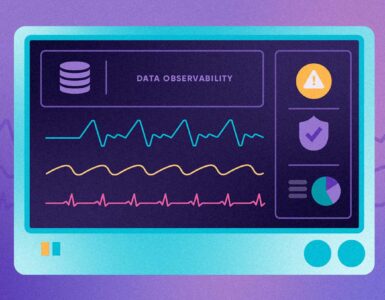Over a year has passed since the dawn of COVID, but many schools haven’t reopened yet. As a result, almost half of the world’s students are still feeling the effects of school closures.
However, without wireless internet, more students would be unable to continue learning. Fortunately, accessible Wi-Fi exists, delivering the education students need from a distance.
To that end, we came up with this guide covering the importance of Wi-Fi access. Read on to discover how it benefits students and educators alike.
Distance Learning
Even before the pandemic, millions of US students already attended distance education courses. For example, over 6.9 million US students enrolled in a distance postsecondary course in 2018. That’s more than a third of all postsecondary learners during that year.
That proves how distance learning was and will always be a key element of modern education. However, for students to be able to attend these classes, they need internet access.
Wireless connections allow learners to get the education they need beyond classroom walls. A portable Wi-Fi hotspot even lets them learn on the go.
So, if you don’t have internet access at home yet, go wireless now. Some of your options include Cisco, Verizon, and Premier Wireless education solutions.
Bridging the Connection Gap in Rural Areas
One of the key benefits of wireless internet services is their wide service coverage. That gives them an advantage over wired services, which can sometimes be hard to get in rural areas. Wireless internet can service rural America, in which a fifth of the US population lives.
Tailored Instruction
Wireless internet can serve as a tool for supplementary education. This can be especially helpful for students who may be having a hard time on some of their subjects. With a Wi-Fi-connected device, students can receive tailored, one-on-one instruction from their teachers.
Teacher-Parent Collaboration
Wi-Fi in schools and homes allows educators and parents to communicate wirelessly. For example, they can call each other over the internet to talk about how their learners are doing in class.
Teachers can then tell parents which classes the students excel in. They can also advise parents about the topics the students need extra mentoring for.
Enhanced Safety and Security
Wireless internet in schools and homes also allows for the use of smart devices. These include safety systems, including fire and smoke detectors and gas sensors. Security devices, such as smart surveillance cameras and locks, also rely on Wi-Fi.
Flattening the Curve
As of June 10, 2024, 51.9% of the US population has received at least one dose of COVID vaccination. More than 40% of the total population has received full inoculation doses. Thanks to this, the number of reported infection cases has dropped considerably.
However, a country can only reach herd immunity if it vaccinates at least 70% of its population. The US is getting closer to that, but folks must still avoid close contact until then.
So, to help protect teachers, students, and their families, remote learning is still a must. In this way, having Wi-Fi helps sustain learning while also aiding curb the spread of diseases.
Keep Learning the Safe Way with Wireless Internet
As you can see, wireless internet is no doubt essential in today’s education system. It connects educators, students, and their families without the need for physical interaction. What’s more, Wi-Fi services help keep the learning environment healthy, safe, and secure.
So, if you don’t have Wi-Fi access yet, now’s the best time to invest in such a setup for your home.
Ready for more of the latest on tech, home, education, or living? Then feel free to stick around to read our other informative news and blog posts!




























